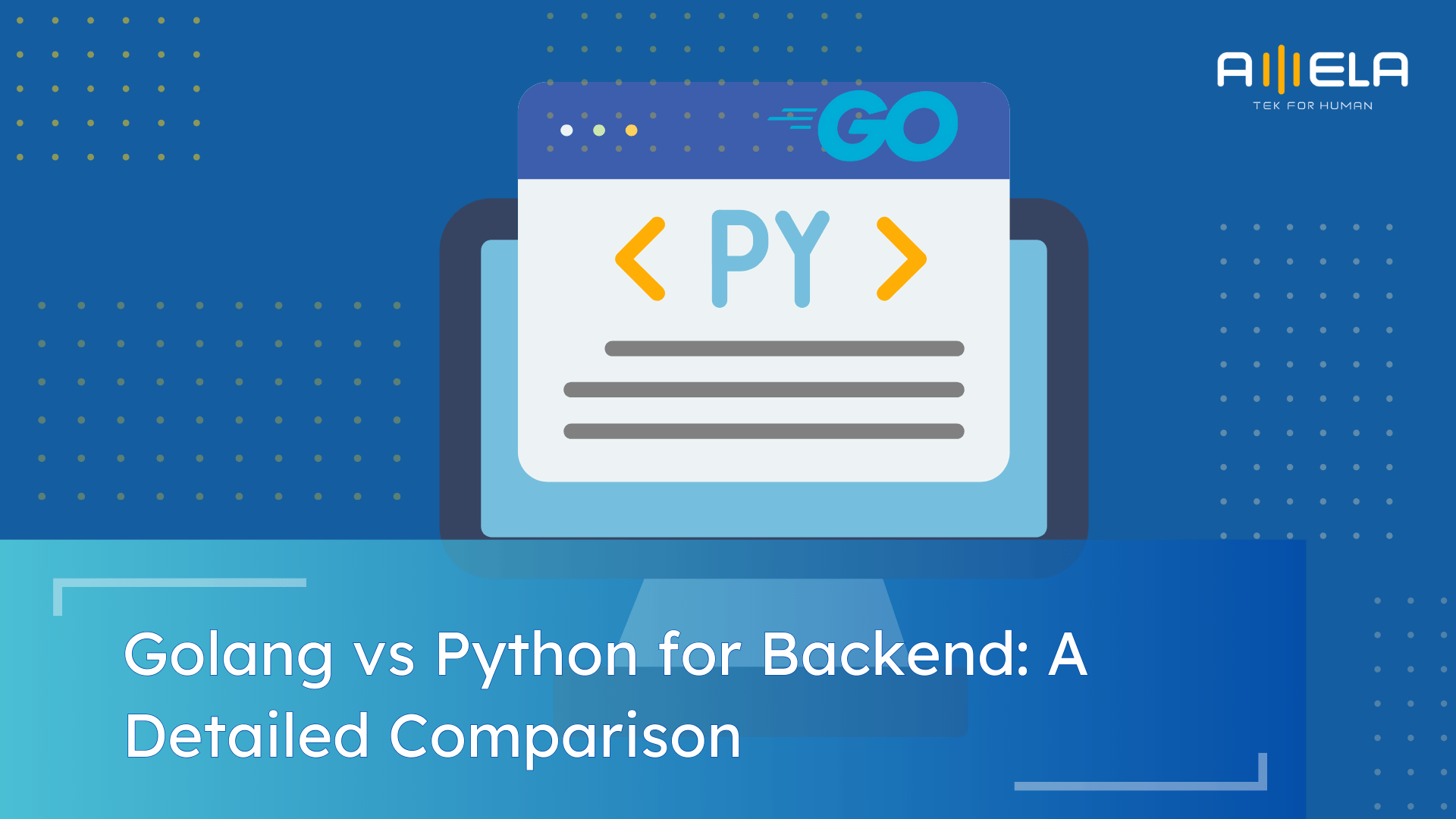How to Build an Auction Website starts with understanding the huge opportunity in online auctions and why now is a smart time to enter this space. The market for online auctions has been expanding rapidly as buyers and sellers shift from traditional, in-person bidding to digital platforms that offer convenience, transparency, and global reach. The […]
The right web framework can make your project run smoother and scale faster. Over the past few years at AMELA, we’ve helped startups and enterprises alike build everything from fast-loading eCommerce apps to complex enterprise dashboards — and one thing has stayed consistent: the framework matters. In this guide, our engineering team breaks down the […]
Drupal powers some of the world’s most complex websites—but it’s not a platform you can wing with generic developers. It needs specialists who know its modules, integrations, and quirks inside out. That’s why many businesses turn to dedicated Drupal development companies. In this guide, we’ve handpicked 15 top Drupal partners worldwide—from cost-effective offshore teams to […]
Choosing the right backend language can feel overwhelming. Businesses often face slow systems, rising infrastructure costs, or hiring challenges. From AMELA Technology’s experience delivering solutions for clients worldwide, the choice often narrows to two strong options: Go and Python. This comparison of Go vs Python for backend/web development highlights what we’ve learned in practice—so you […]
Building an online store with WordPress doesn’t have to be complicated — with the right plan, tools, and guidance, anyone can launch a professional e-commerce store. E-commerce is booming, and WordPress remains one of the most flexible and cost-effective platforms for sellers of all sizes. From our experience at AMELA helping businesses and solo entrepreneurs, […]
Every great online store starts with a solid foundation. But too often, businesses outgrow their eCommerce platforms — struggling with slow performance, limited customization, or clunky integrations that can’t keep up with customer expectations. That’s why many teams (ours included) reach for Laravel. It’s a flexible, secure foundation that scales from a simple shop to […]
Wrong web development tools cost businesses months of lost time and thousands in fixing mistakes. The right platforms speed up your launch and prevent expensive problems later. This guide covers 20+ established web development platforms, including React, Vue.js, Node.js, and Django, with their strengths, shortcomings, and ideal usage to meet your project needs and team […]
Website Development Companies in Singapore play a critical role in helping businesses compete in one of Asia’s most digitally advanced markets. As Singapore continues to position itself as a regional technology hub, demand for high-quality websites and scalable web platforms has grown rapidly across startups, SMEs, and enterprises alike. From our experience working with clients […]
Have you ever accessed a Japanese website before? We have had a lot of experience working with Japanese people in website development. After so many years of operating in the Japanese market, we have found that Japanese website designs have a distinctive appearance that sets them apart from their Western counterparts. There are many examples […]











